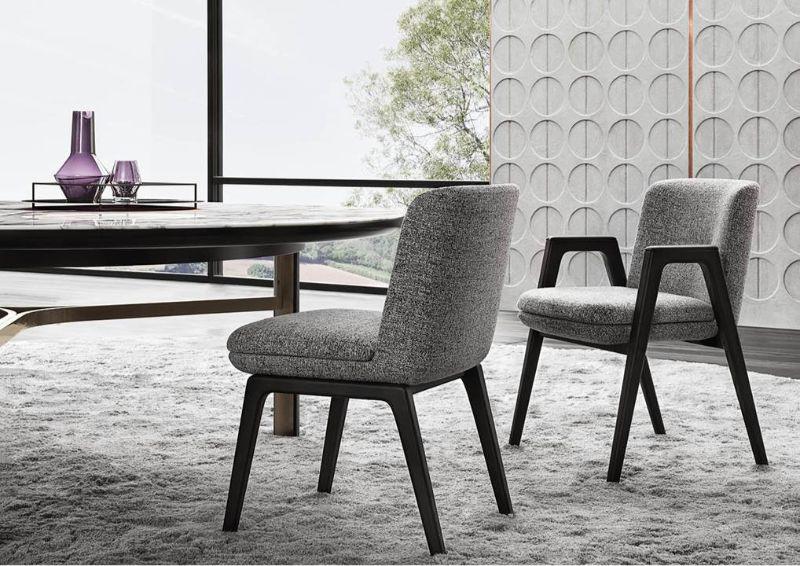The three golden principles for pairing furniture legs
- Written by News Co

They may seem like a wildly minor design element when it comes to your space, but the legs of your furniture certainly play a role in the overall aesthetic of your room. Be it a statement couch taking centre stage in your living room or your favourite armchair settled into a cosy nook of the bedroom, the right legs to suit your beloved furniture can be a bit of an art.
A major tip to keep at the forefront of your mind is the fact that matchy-matchy is no longer on-trend. While this may have been the case once upon a time, the ‘package’ approach to choosing furniture has become dull and unimaginative.
As such, variety is now key to a successful design. With this in mind, choosing furniture legs to match your bases can be boiled down to three essential elements: height, shape and material.
Let’s break it down:
-
Height
It’s become a standard rule in interior design to create a series of different heights in your space. Doing so achieves a sense of dynamism and thwarts any risk of claustrophic vibes.
To achieve this well-balanced space, it’s recommended that your furniture consists of one solid base, a few pieces raised around 15 centimetres above the ground, and a few more pieces raised around 50 centimetres off the ground.
Adjustable legs can be a nifty way of achieving this perfect balance of different heights. By raising and lowering your furniture, you have the freedom to play around with different options as well as make subtle changes down the track when you invest in new pieces for your space.
-
Shape
The actual shape of your legs is also one of those integral finishing touches that can alter the mood of a room. Generally, it’s not until you begin shopping that you realise the wide range of styles out there: spool, bun, tapered, straight, curved…the list goes on.
Rather than opting for a one-shape-fits-all approach, it’s a good idea to mix two or three styles of legs. It may seem counterintuitive, but doing so actually creates a better sense of collectiveness in your space.
As a rough guide, spool, bun and tapered feet are commonly used for sofas and armchairs, with minimalistic tapered styles increasing in popularity during recent years (as opposed to the more traditional look seen in spool and bun shapes). Straight legs are often seen on higher pieces of furniture, such as chairs with exposed legs, coffee tables and dining room tables. Lastly, curved leg styles make for a great choice when it comes to occasional chairs, adding a bit of va-va-voom to those statement pieces.
-
Material
Just as a mix of shapes and height works to enhance the design of your space, so too does a mix of materials. However, it’s still important to maintain some cohesiveness, lest you end up with a beyond-eclectic confusion of elements.
Look at the materials that already exist in the space, and consider ways to tie them in when choosing legs for your furniture. If you have wooden tabletops in a whitewashed timber finish, think about finding armchair legs to echo such. Similarly, if you have a few antique brass accents decorating your space, look at ways to incorporate this material.
By sticking to the above interior design principles, you can create a striking yet homely environment that celebrates your unique sense of style.



